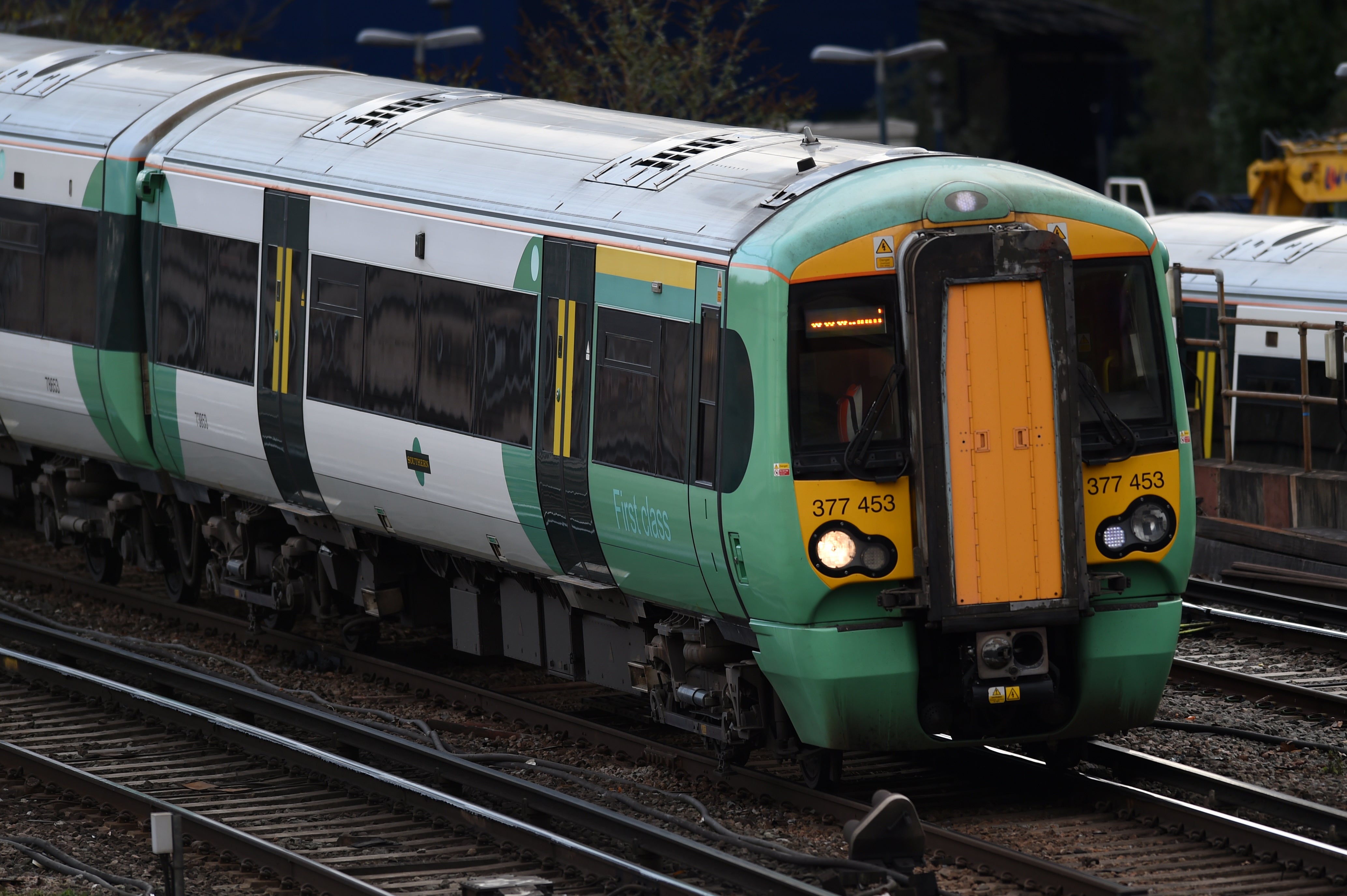The rail industry can ill-afford a spiral of decline thanks to Covid
The truth is that passengers need to return – before the Treasury tires of pumping in £1m per hour to keep trains on track, writes Simon Calder


One million pounds per hour: during the Covid-19 pandemic, that is the average level of subsidy from taxpayers to train companies.
“The government has supported the railway with over £15bn since the start of the pandemic,” says Susie Homan of the Rail Delivery Group. The body representing train operators and Network Rail has endorsed the “temporary timetables” introduced by many rail firms – cutting between 7 and 15 per cent of planned trains.
At London Victoria, one of the UK’s busiest stations, no trains are running this week on the main line to Gatwick, Brighton and the south coast, with reduced services switched to London Bridge.
Initially, train firms pinned the schedule cuts on the Omicron variant and the crew shortage created as staff were forced to isolate. But the filleted schedules are increasingly attributed to a passenger shortage.
In December, the government urged “those who can … to work from home”. And commuters have listened. The latest Department for Transport figures reveal the scale of the collapse of passenger numbers. In the week beginning 27 December, I calculate an average of just 36 per cent of normal ridership.
The missing travellers include a pro-railway friend who chose to drive from her home in Derbyshire for a new year break in Folkestone rather than make the simple journey (with a same-station change at London St Pancras) by train because she was worried about short-notice cancellations.
Others have told me they personally would happily travel by train but that their friends and family would shun them for sharing space with strangers.
While all the studies I have seen indicate that rail travel is Covid-safe, that message was undermined when Dr Nikki Kanani, medical director of primary care at NHS England, told a Downing Street briefing: “We need those trains as empty as possible.”
All of which puts the railways in an increasingly difficult position. Normally the final week of each year would see a flurry of season ticket renewals as commuters seek to swerve the annual New Year fares rise. This year, the 3.8 per cent increase is being delayed until March. But as daily trips to city-centre workplaces dwindle, the coffers remain woefully empty.
The government has pledged to “make railways the backbone of a cleaner, more environmentally friendly and modern public transport system across the country” and insists current cuts are merely about providing services “appropriate to passenger demand”.
But fewer trains deplete demand and revenue still further. For the railway industry to avoid another spiral of decline of the kind that led to the calamitous Beeching cuts of the 1960s and 1970s, passengers need to return – before the Treasury tires of pumping in £1m per hour to keep trains on track.



Join our commenting forum
Join thought-provoking conversations, follow other Independent readers and see their replies
Comments